Search Images
Browse Content (p. 1654)
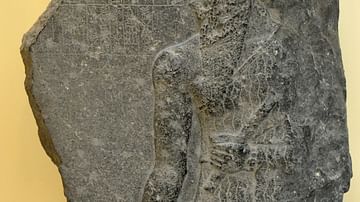
Image
Stele of the Akkadian king Naram-Sin
According to the inscription on the diorite piece of stele, it belongs to King Naram-Sin. It was found in Pir Hüseyin, a village near Diyarbakır. As it shows the borders of the Akkadian State in the era of Naram-Sin and reflects the artistic...
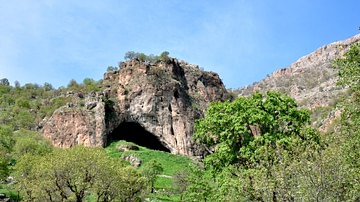
Image
Shanidar Cave, Kurdistan, Iraq
The cave of Shanidar lies in the Bradost mountain, part of Zagros Mountain range in Erbil, Kurdistan, Iraq. The site is located within in the valley of the Great Zab river. It was excavated from 1957–1961 CE by Ralph Solecki and his team...
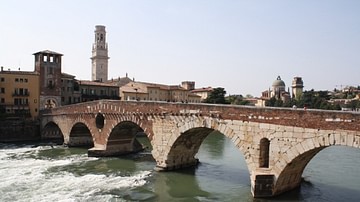
Image
Ponte Pietra, Verona
The bridge known today as the 'Stone Bridge' was built in the 1st century BCE and was one of only two Roman bridges which crossed the Adige. Its original name was the Pons Marmoreus. The two arches nearest the left bank (in white) are original...
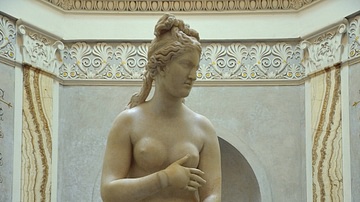
Image
Capitoline Venus
The Capitoline Venus is a type of statue of Venus, specifically one of several Venus Pudica (modest Venus) types, of which several examples exist. The type ultimately derives from the Aphrodite of Cnidus. The so-called “Capitoline Venus”...
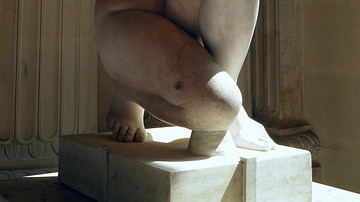
Image
Crouching Aphrodite, Louvre
This Crouching Aphrodite marble statue is a Roman variant of the 2nd century CE after a Hellenistic type. It depicts Aphrodite as bathing, crouching with her right knee close to the ground. (Louvre Museum)
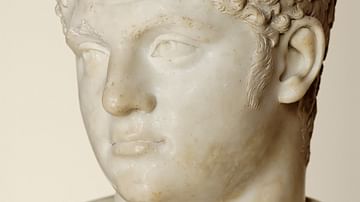
Image
Geta
Roman emperor P. Septimius Geta, r. 211-212 CE. (Louvre, Paris)
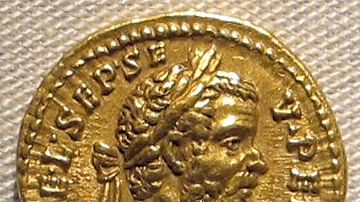
Image
Pescennius Niger
A gold Aureus depicting Roman emperor Pescennius Niger, r. 193-4 CE. (Palazzo Massimo, Rome)
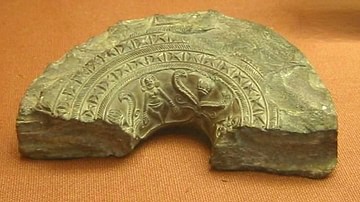
Image
Mauryan Ringstone
Mauryan ringstone, Northwest Pakistan, 3rd century BCE. (British Museum, London)
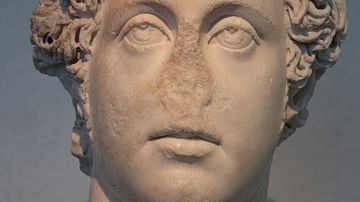
Image
Roman Emperor Commodus, Palazzo Massimo
A marble head of Commodus, end of 2nd century CE, from Rome. (Palazzo Massimo alle Terme, Rome)
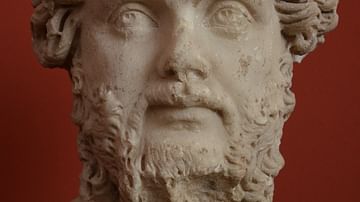
Image
Roman Emperor Septimius Severus
Head of Septimius Severus (reign 193–211 CE), dates to the years after 195 CE. (Ny Carlsberg Glyptotek, Copenhagen).